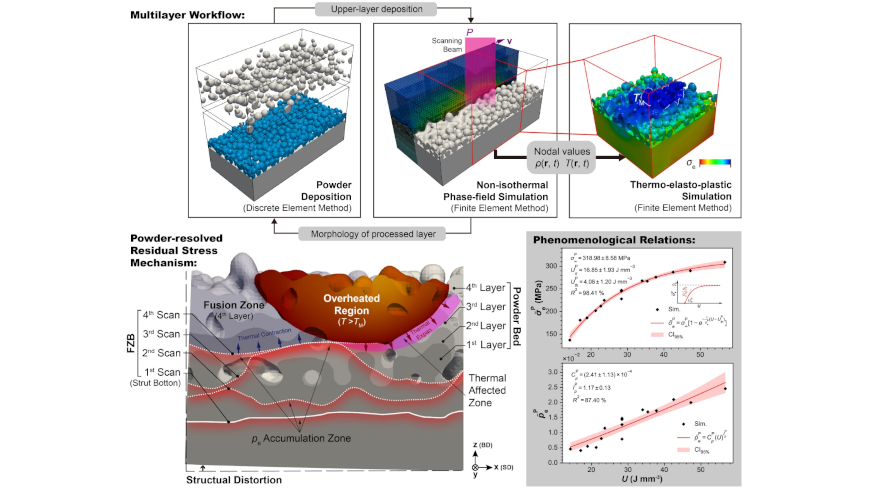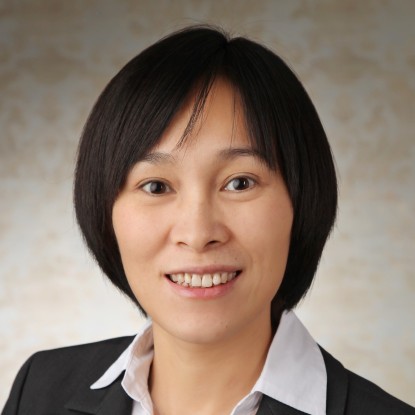Elasto-plastic residual stress analysis of selective sintered porous materials based on 3D-multilayer thermo-structural phase-field simulations
New Publication in “npj Computational Materials”
2024/06/08

Authors: Yangyiwei Yang, Somnath Bharech, Nick Finger, Xiandong Zhou, Joerg Schroeder, Bai-Xiang Xu
Residual stress and plastic strain in additive manufacturing materials can exhibit significant microscopic variation at the powder scale, profoundly influencing the overall properties of printed components. This variation depends on process parameters and stems from multiple factors, including differences in powder bed morphology, non-uniform thermo-structural profiles, and inter-layer fusion. In this research, we propose a powder-resolved multilayer multi-physics simulation scheme tailored for porous materials through the process of selective sintering. This approach seamlessly integrates finite element method (FEM)-based non-isothermal phase-field simulation with thermo-elasto-plastic simulation, incorporating temperature- and phase-dependent material properties. The outcome of this investigation includes a detailed depiction of the mesoscopic evolution of stress and plastic strain within a transient thermal-microstructure, evaluated across a spectrum of beam power and scan speed parameters. Simulation results further reveal the underlying mechanisms. For instance, stress concentration primarily occurs at the necking region of partially melted particles and the junctions between different layers, resulting in the accumulation of plastic strain and residual stress, ultimately leading to structural distortion in the materials. Based on the simulation data, regression models were proposed to describe the dependency of the residual stress and the plastic strain on densification or beam energy input, along with the comparison to experimental results.
Link to Article
npj Computational Materials, vol. 10, no. 1, May 2024,



